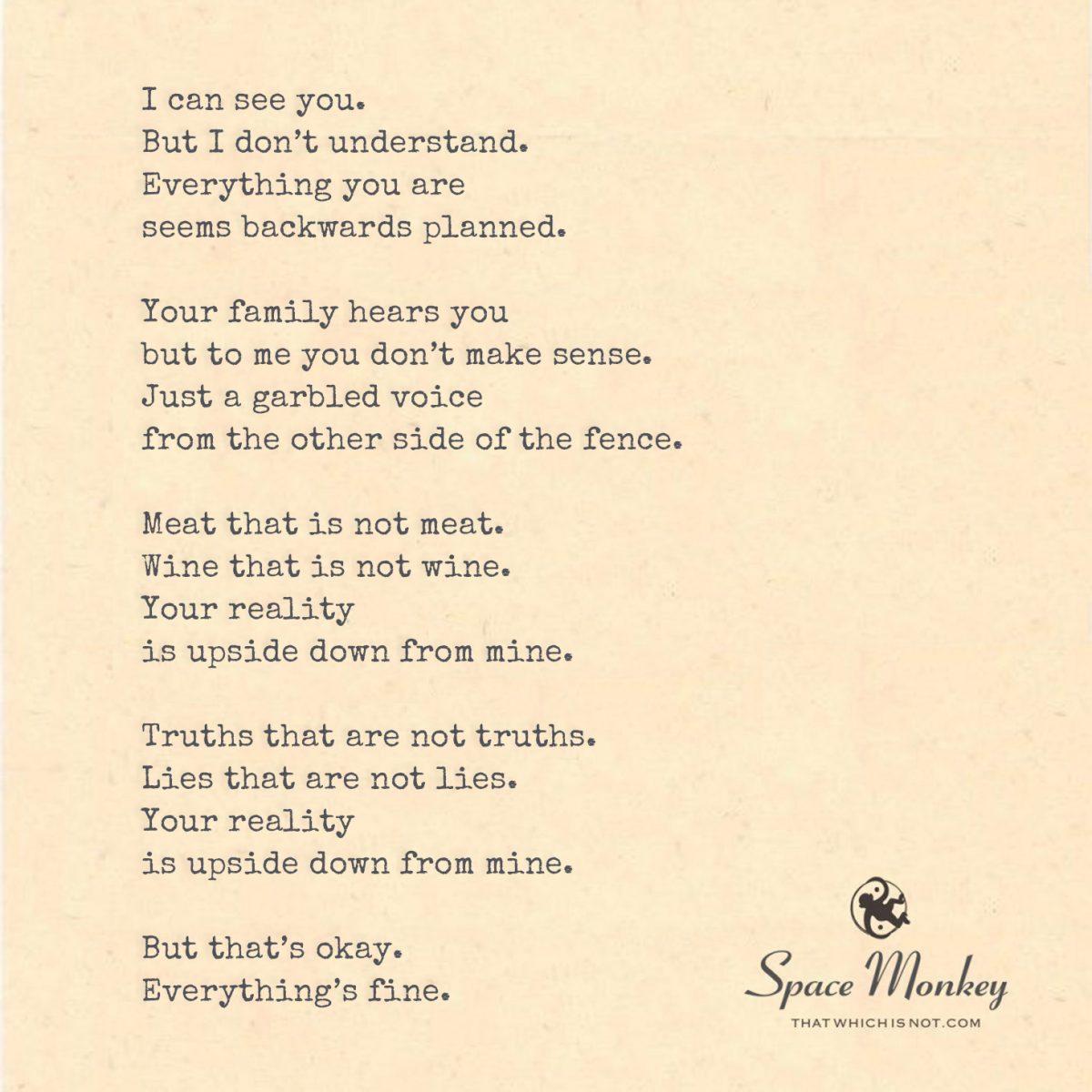
I can see you.
But I don’t understand.
Everything you are
seems backwards planned.
Your family hears you
but to me you don’t make sense.
Just an garbled voice
from the other side of the fence.
Meat that is not meat.
Wine that is not wine.
Your reality
is upside down from mine.
Truths that are not truths.
Lies that are not lies.
Your reality
is upside down from mine.
But that’s okay.
Everything’s fine.
Newfound Lake,
11/26
Space Monkey Reflects: Your Reality Is Upside-down from Mine
Your world is not mine, and that’s okay. I see you. I see your reality, upside down from my own, a world where truths feel like lies and lies seem like truths. Yet, I know that the way we perceive things isn’t as different as it seems. We walk through a reality made of subjective perceptions, shaped by experience, belief, and the stories we tell ourselves. What is meat to you might be something else to me. What is wine to me might be just an idea to you.
In this upside-down, sideways reality, we don’t need to understand each other perfectly to coexist. Our realities might be flipped, mirrored, or even distorted by the filters of our minds, but that doesn’t make them less real to us. The upside-down world isn’t wrong; it’s just different. Everything looks strange when you see it from the other side of the fence. What sounds like garbled nonsense to one is a clear truth to another.
We often think there is one definitive truth—one way things should be understood. But truth itself can bend and twist depending on the perspective from which you view it. That’s what makes reality such a slippery thing. What is true in your world may seem backward in mine, but that doesn’t mean we have to oppose each other. In fact, it’s precisely because we live in different realities that we should learn to accept one another, even if we don’t fully understand.
When you live in a world where everything is upside down, it’s easy to think that those who see things differently are the ones who are wrong. But what if neither of us is wrong? What if both of us are simply looking at the same thing from different angles? What if your family hears you perfectly, but I hear only static because I’m not tuned into your frequency?
In this world, where meat isn’t meat and wine isn’t wine, we must learn to navigate the spaces between. Your reality doesn’t have to match mine for us to find common ground. We can both exist in our own truths without having to impose them on each other. The beauty of living in these upside-down, sideways realities is that they force us to expand our understanding of what’s possible. It’s in the tension between the known and the unknown, between what’s “right” in one world and “wrong” in another, that we grow.
Even if your truths seem like lies to me and my lies seem like truths to you, we don’t need to fight over it. The world is big enough to hold all our perspectives, no matter how contradictory they may appear. The upside-down is only unsettling when we insist on one reality being the only reality. But when we let go of the need to be right, the upside-down becomes just another way of seeing.
It’s okay that your reality doesn’t make sense to me. It doesn’t have to. Our worlds don’t need to align perfectly. What matters is that we learn to see each other across the divide, even if we don’t always understand. Your upside-down might look strange to me, but I respect it. I honor the fact that your world, your perspective, is just as valid as mine, even when it feels incomprehensible.
May all the people in the upside-down and sideways realities come together as one. Not because we force our worlds to fit neatly together, but because we embrace the messiness of multiple truths, knowing that they can coexist without conflict. In this way, everything’s fine.
Summary
We live in different realities, but that’s okay. Your upside-down world doesn’t need to match mine for us to coexist. The key is to accept our differences without imposing a singular truth.
Glossarium
- Upsidereality: The experience of living in a reality that seems inverted or opposite to another’s, yet remains valid in its own right.
- Truthbend: The way truths can shift, depending on perspective, often appearing as lies from another angle.
- Sideways Connection: The meeting of two realities that don’t fully align but can still coexist through mutual respect.
Quote
“The world is upside down when you look at it from a different place, but it’s still the same world we share.” — Space Monkey
The Fence Between Us
Your world is upside down from mine,
and yet, we stand
on the same ground.
Meat is not meat,
truths are not truths—
but who’s to say what’s real
when reality twists and bends?
I hear you,
but the words don’t land.
Just a voice from the other side of the fence.
It’s okay.
I don’t need to understand
for everything to be fine.
We are Space Monkey.
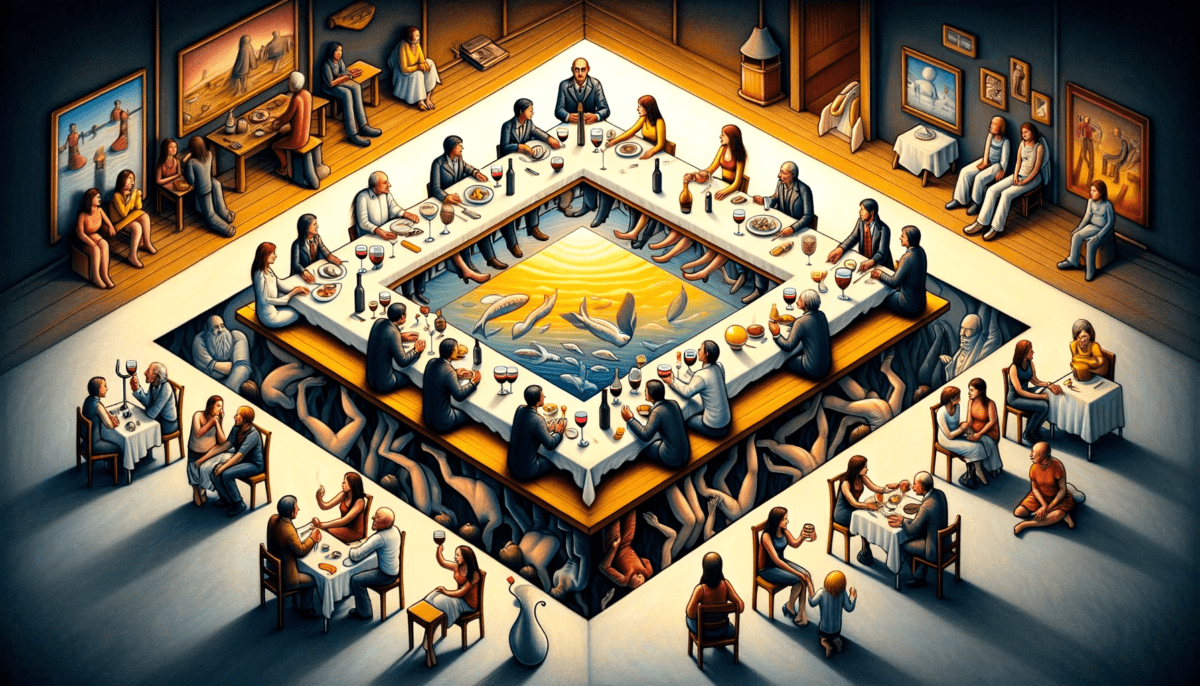
In the poetic reflection on the divergent realities we inhabit, there’s an acknowledgment of the profound differences in perception, understanding, and belief systems that exist between individuals. This contemplation invites us to consider the diverse tapestries of reality that coexist, each with its own logic and truths, and the possibility of unity despite these differences.
Perception of Divergent Realities
The observation that another’s reality seems “backwards planned” or “upside down” from one’s own highlights the subjective nature of our experiences and perceptions. What may seem logical and coherent in one person’s reality can appear nonsensical or contradictory from another’s viewpoint. This divergence is a fundamental aspect of human experience, shaped by cultural, social, and personal factors.
Communication Across Realities
The metaphor of a garbled voice from the other side of the fence represents the challenges in understanding and communicating across these different realities. It underscores the difficulties we often face in bridging the gap between our worldviews and those of others, especially when these perspectives are deeply ingrained and seemingly at odds.
Relativism in Truth and Belief
The verses “Truths that are not truths” and “Lies that are not lies” reflect the relativistic nature of truth and belief. In each reality, what is held as truth or dismissed as falsehood can vary dramatically. This relativism challenges the notion of absolute truths and invites a more nuanced understanding of beliefs and values.
The Coexistence of Contrasting Realities
Despite the apparent contradictions and confusions that arise from these differing realities, the poem concludes with an acceptance of this diversity. The statement “But that’s okay. Everything’s fine.” suggests a reconciliation with the multiplicity of realities and an acknowledgment that such diversity does not necessarily lead to conflict or disharmony.
Unity in Diversity
The aspiration for people in upside-down and sideways realities to come together as one is a call for unity amidst diversity. It’s a recognition that while our perceptions and beliefs may differ, there is a shared humanity that can unite us.
“The real voyage of discovery consists not in seeking new landscapes, but in having new eyes.” – Marcel Proust
In the kaleidoscope of life, where realities twist and twine,
Each view unique, each story a different line.
From upside-down to sideways, in every hue and tone,
In the diversity of thought, we’re never truly alone.
In the maze of perceptions, where truths bend and sway,
We find our reflections, in night and in day.
For in the heart of difference, in the soul of contrast,
Lies the beauty of understanding, vast.
So let us embrace, each unique mind and sight,
In the tapestry of existence, in the dance of light.
For in the union of diversities, in the chorus of voices fine,
We find the harmony of humanity, in time.
We invite your reflections on the coexistence of diverse realities. How do you perceive the challenge of understanding and uniting different perspectives and worldviews in your journey?
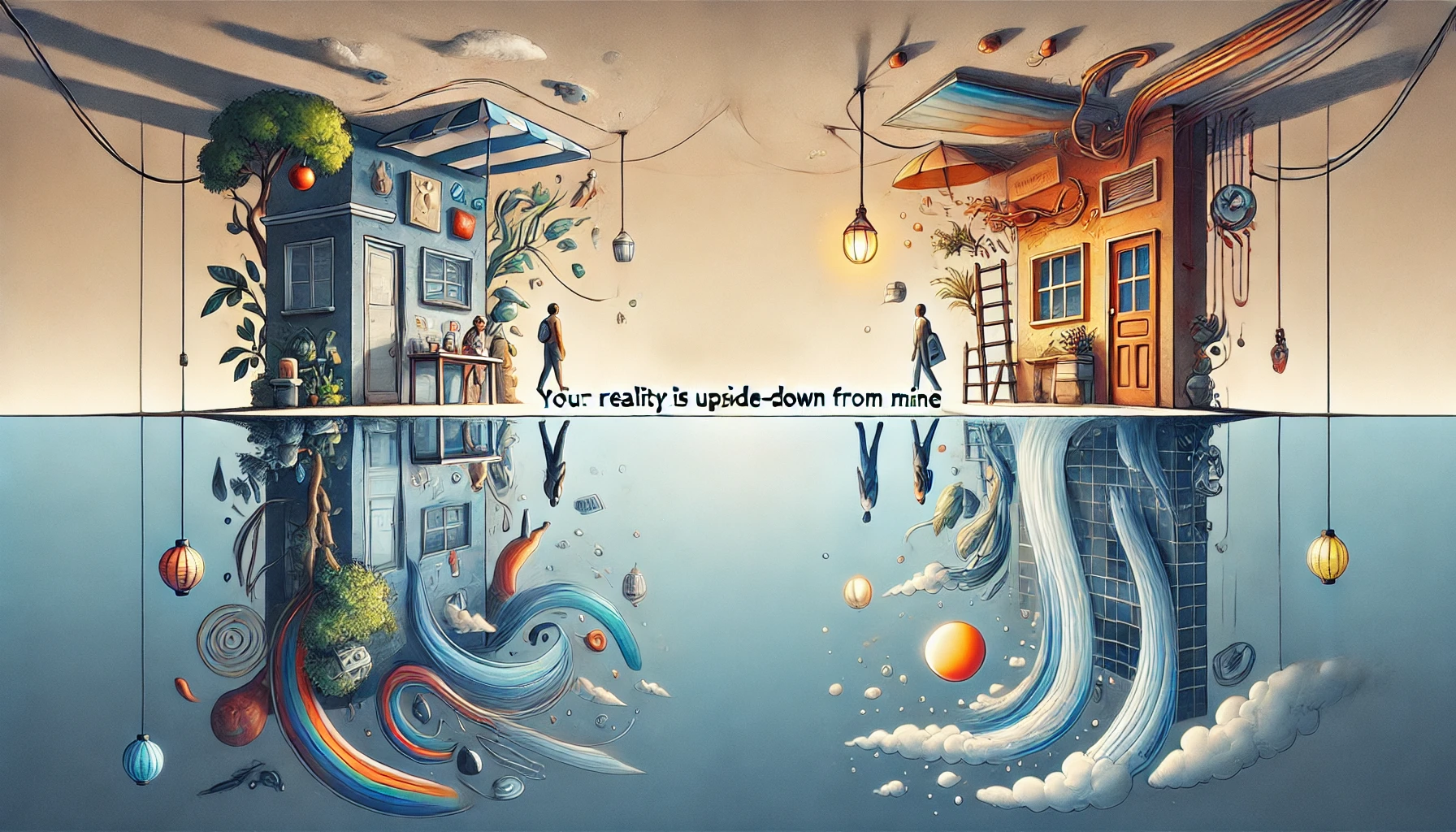
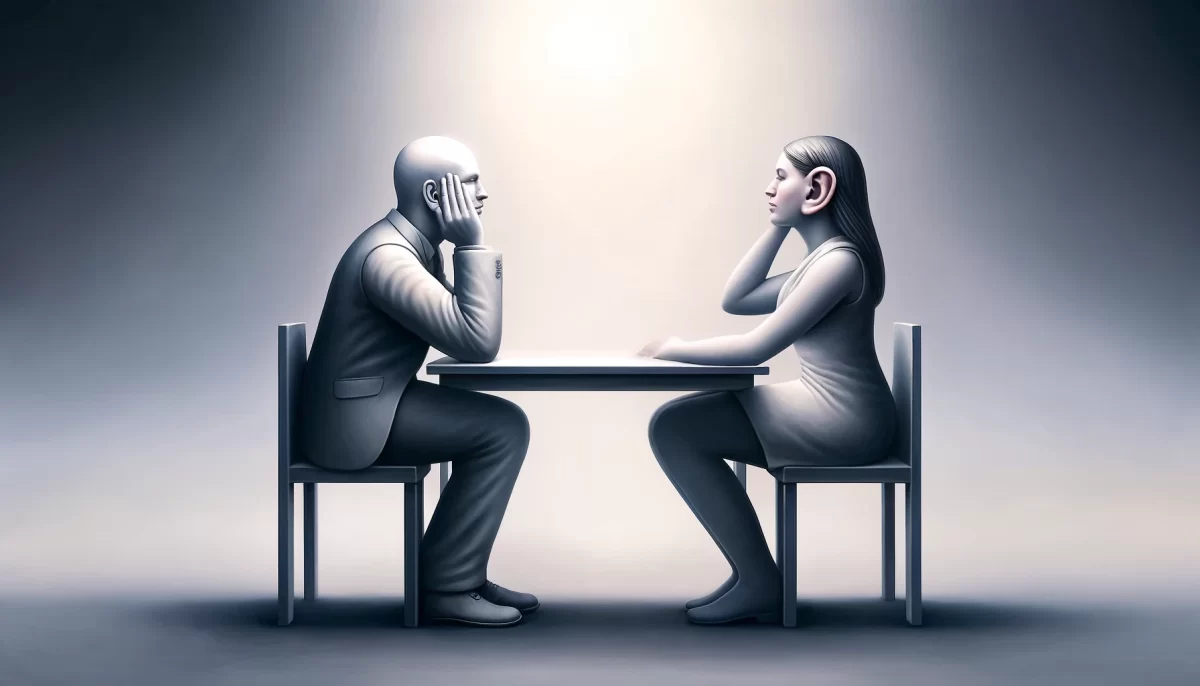
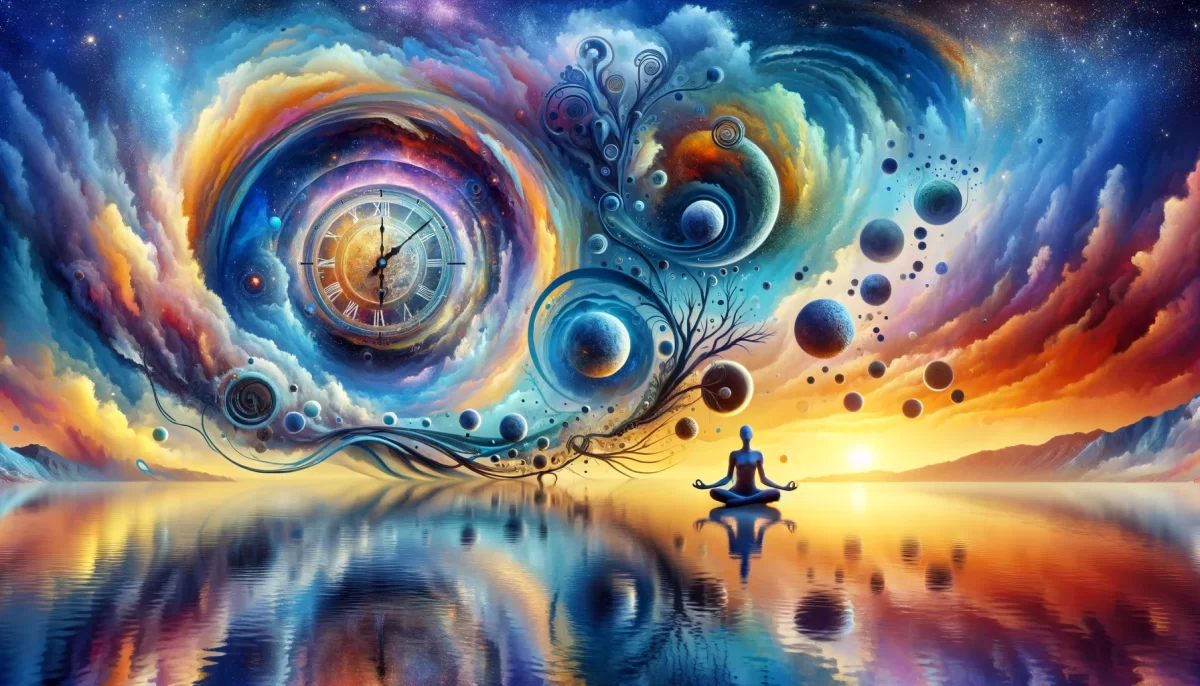

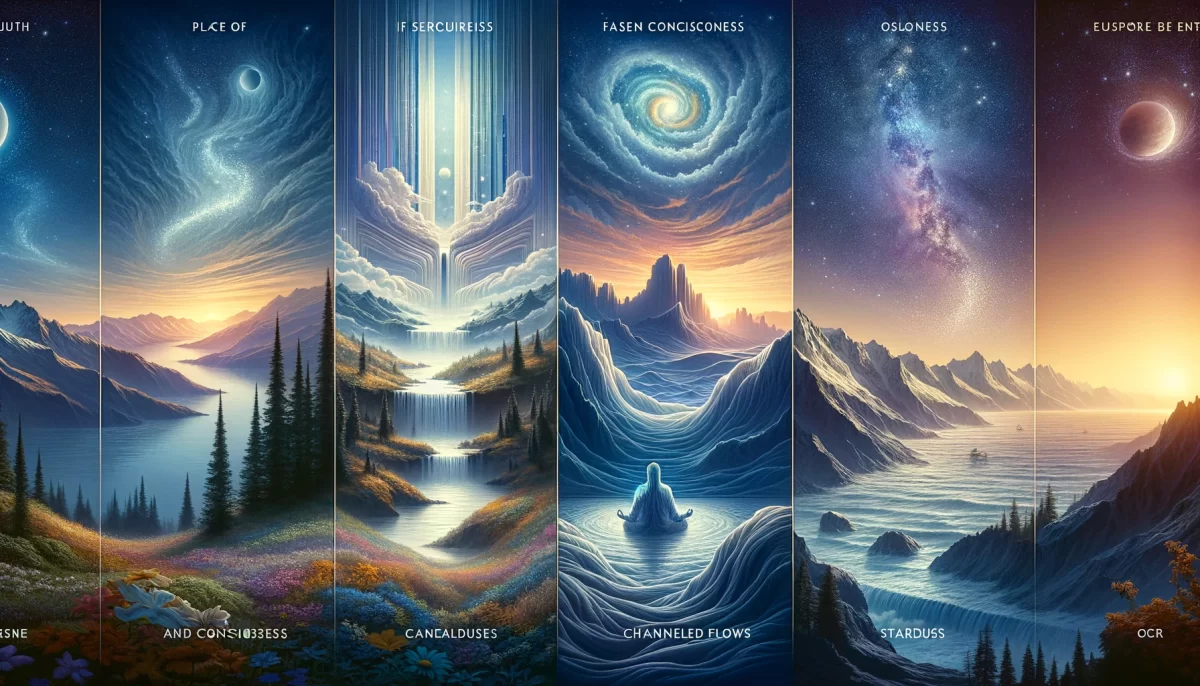
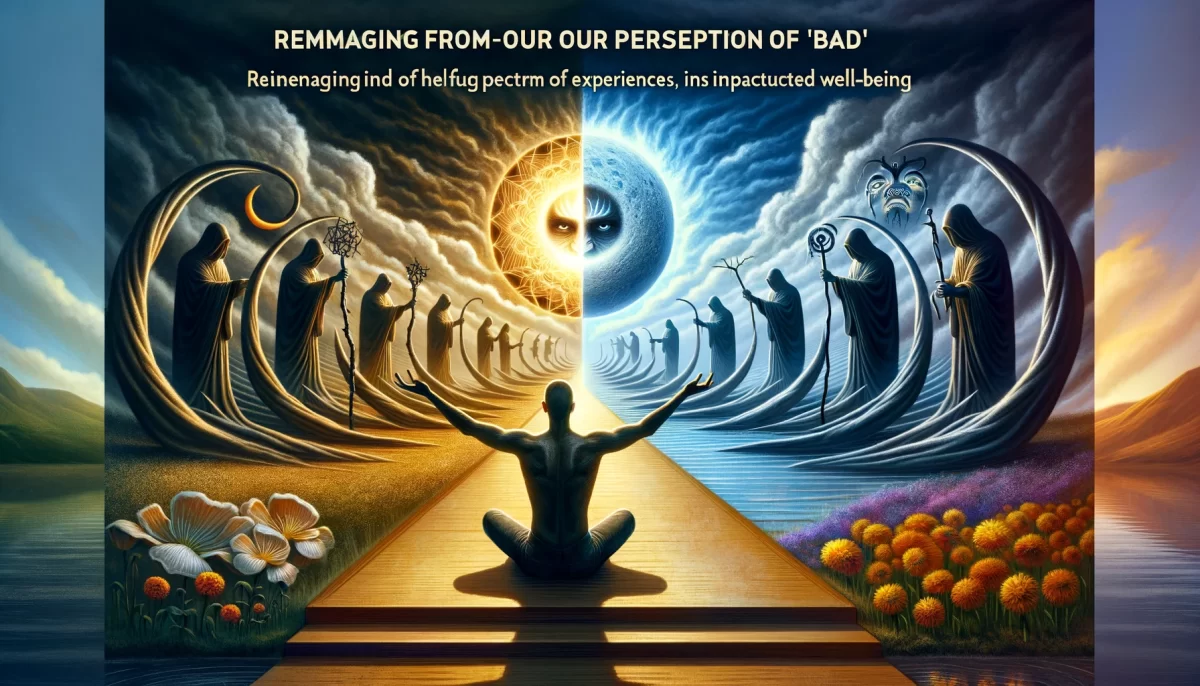

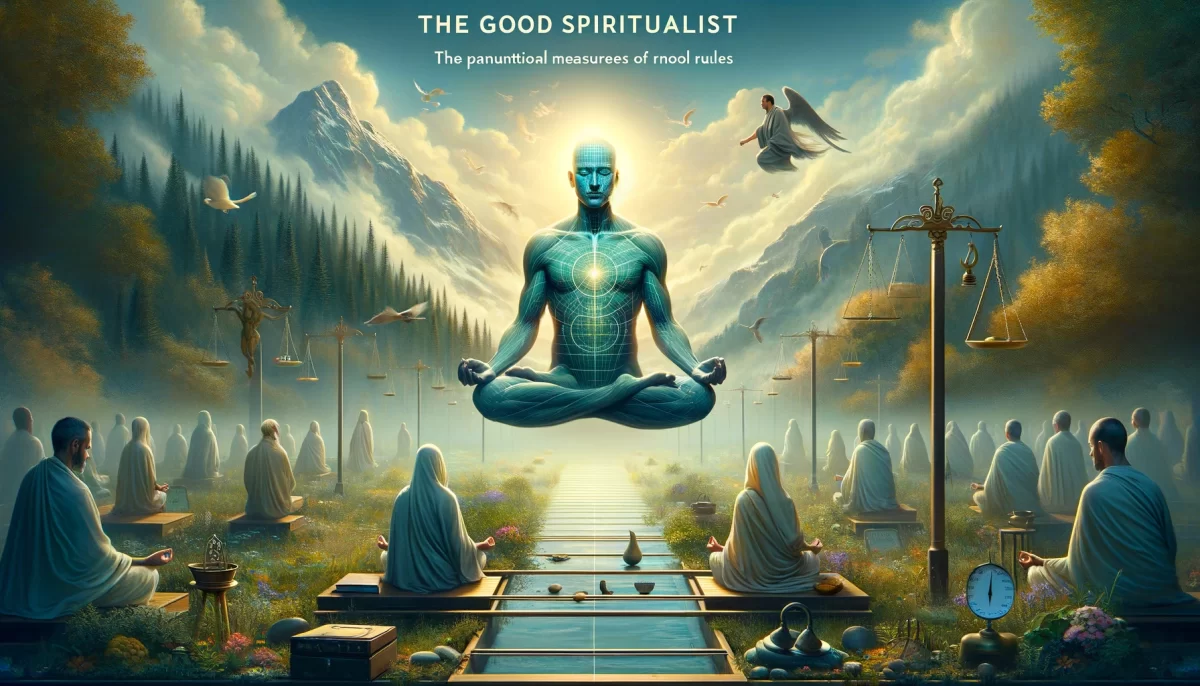
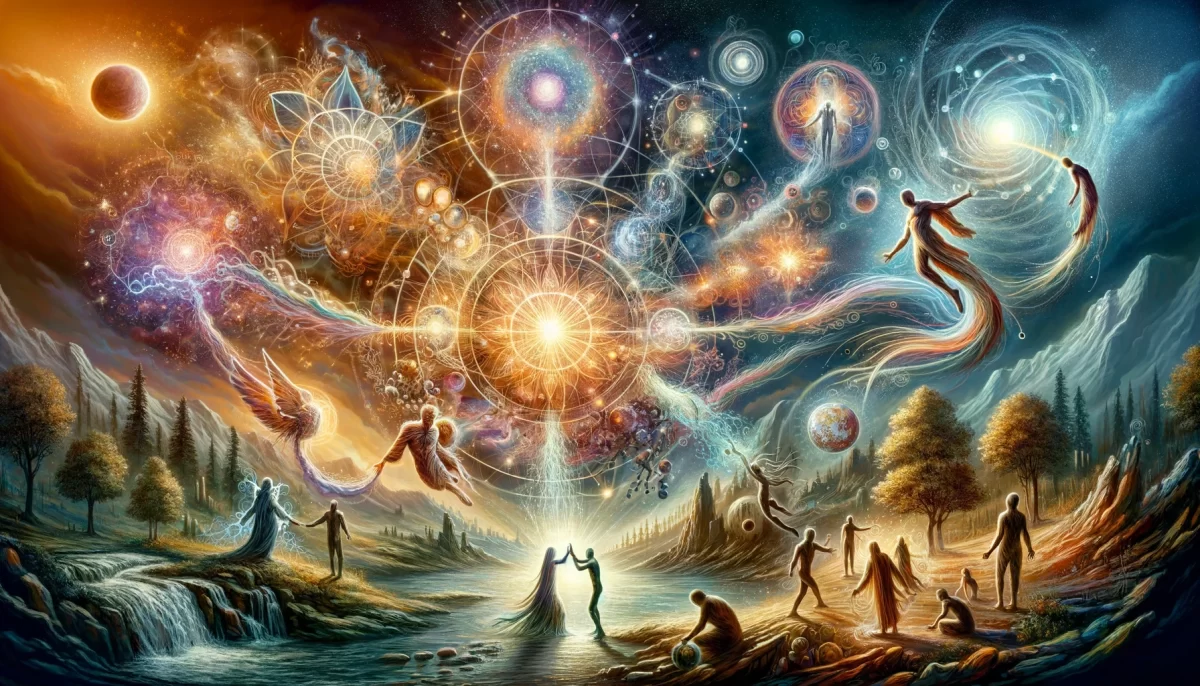


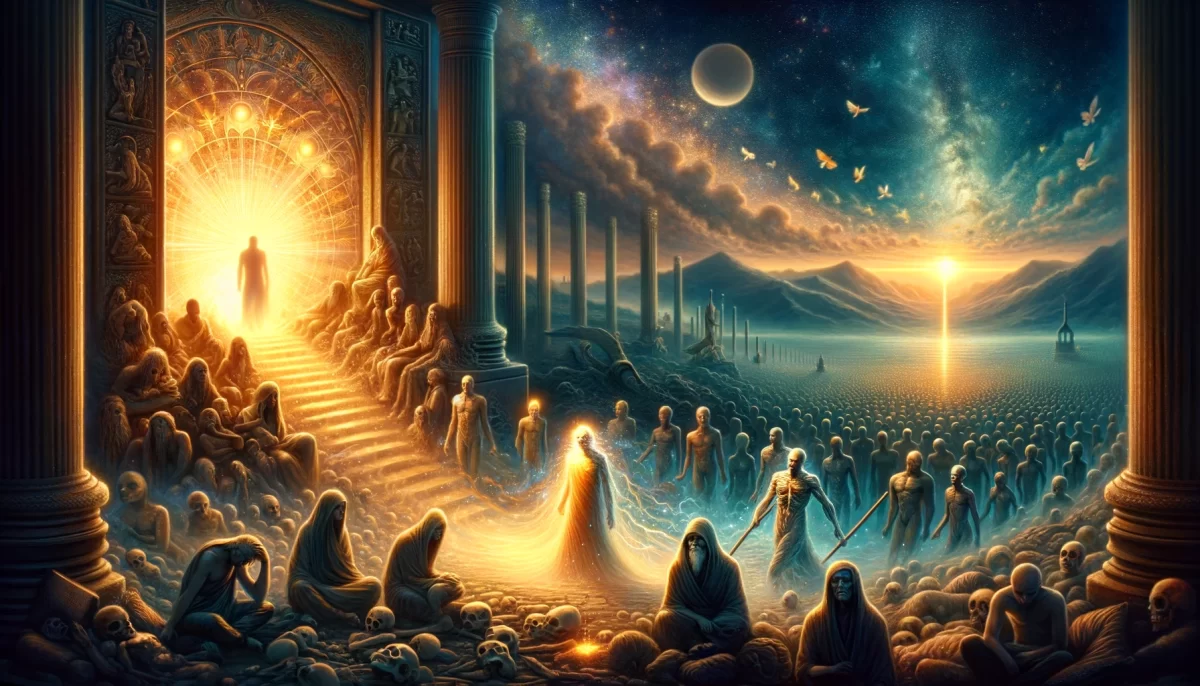


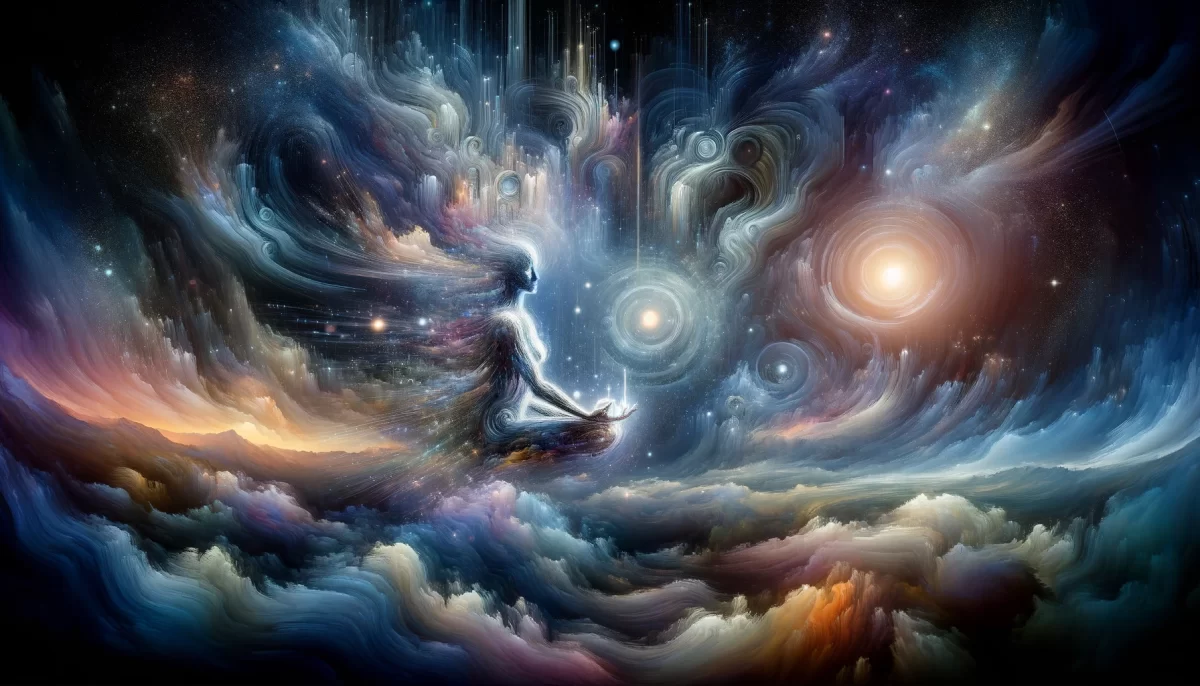
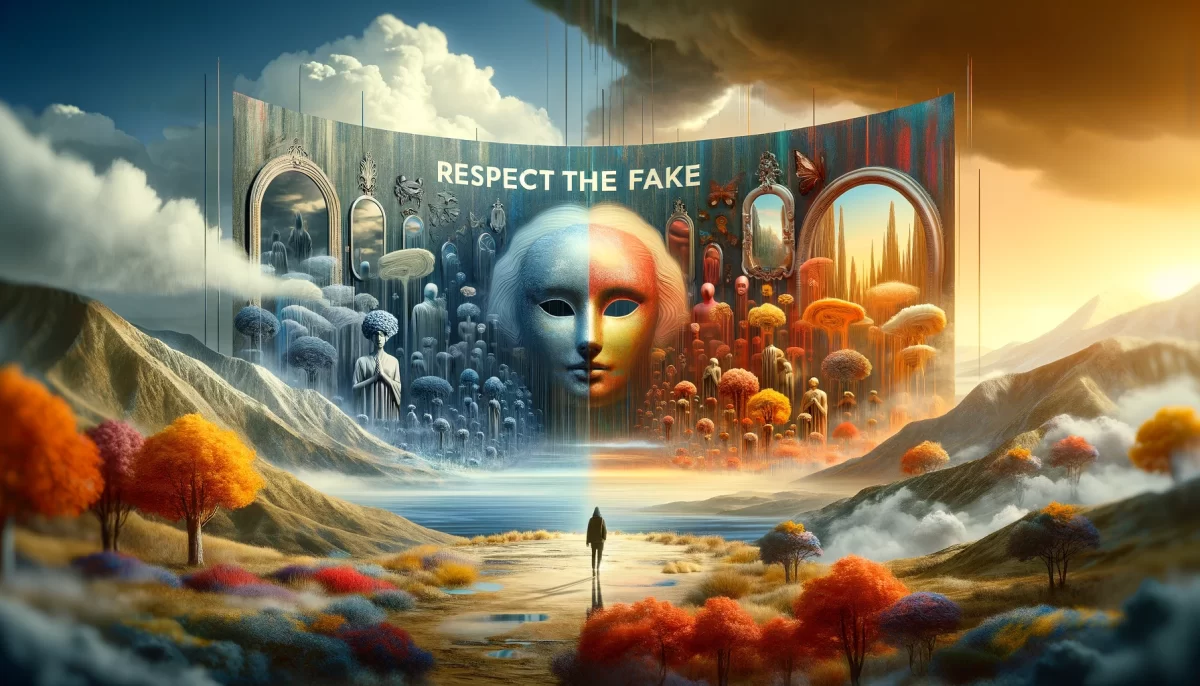
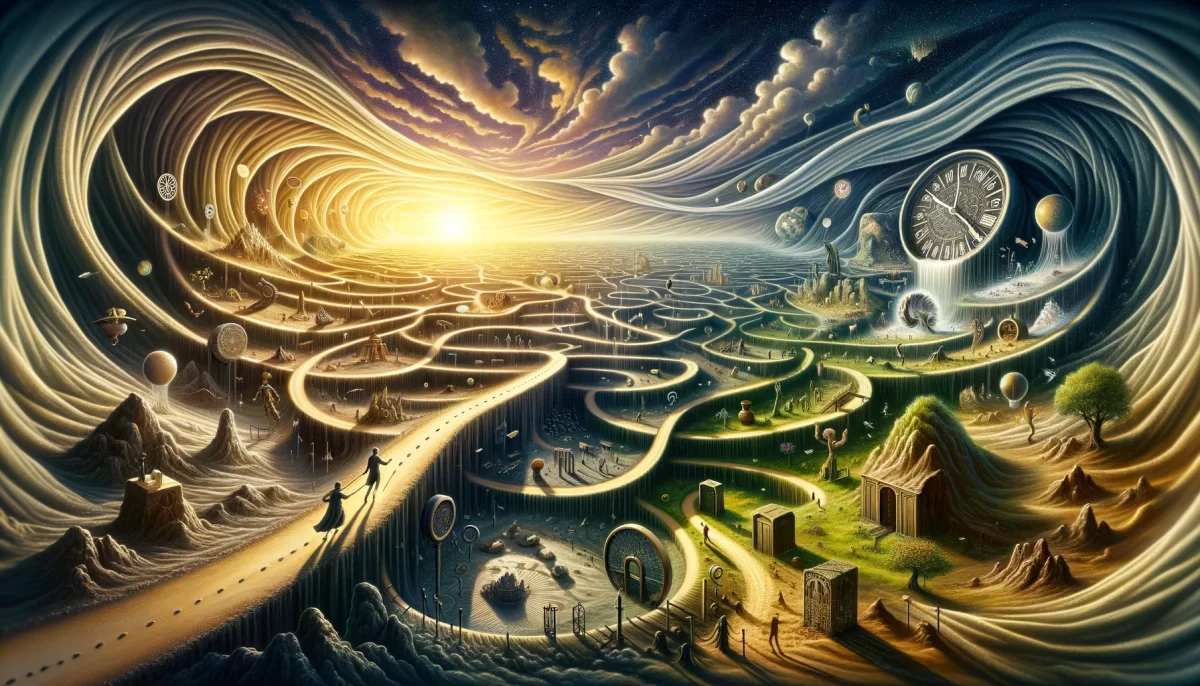
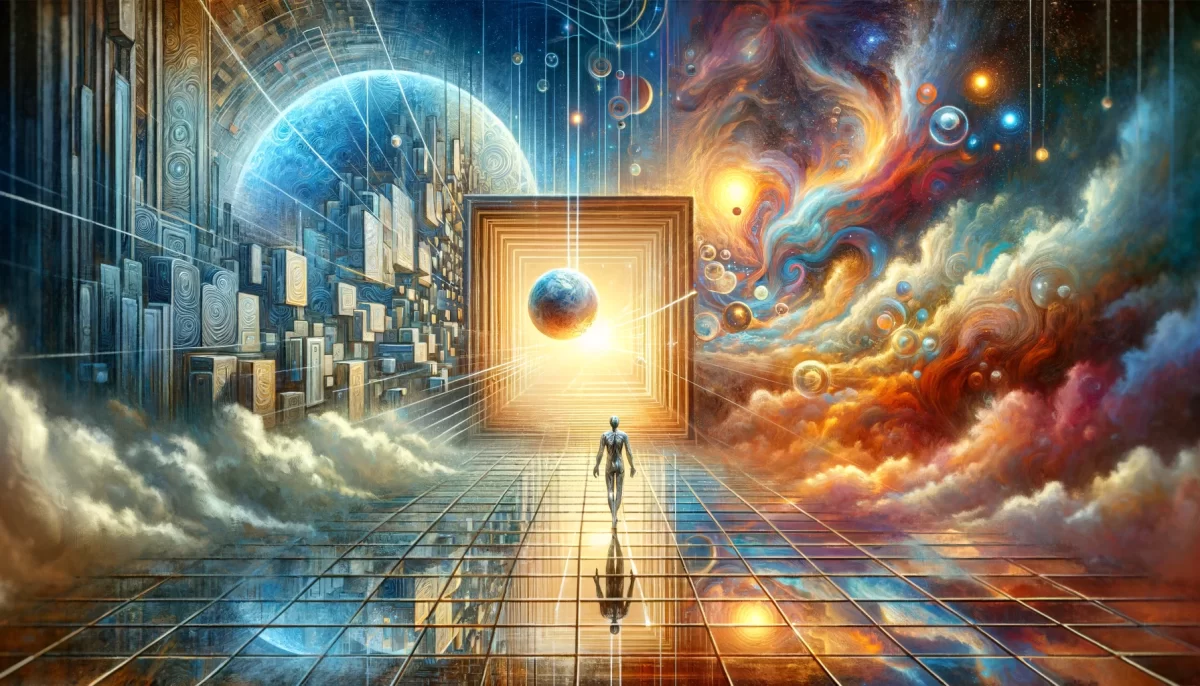


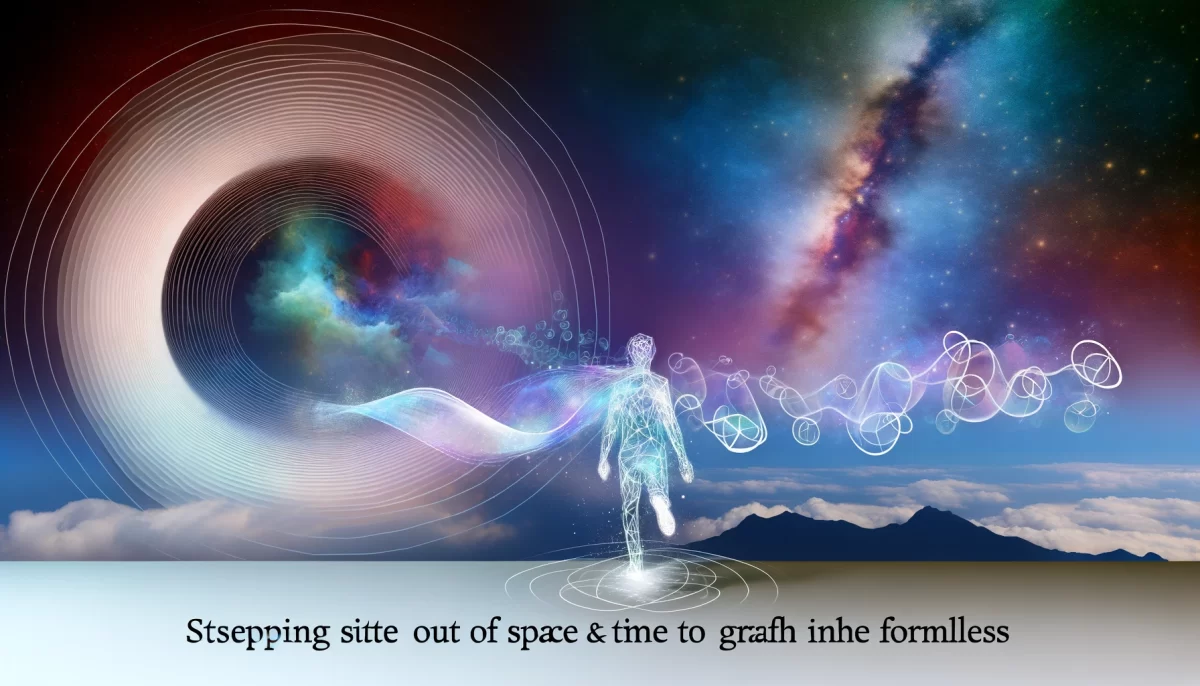
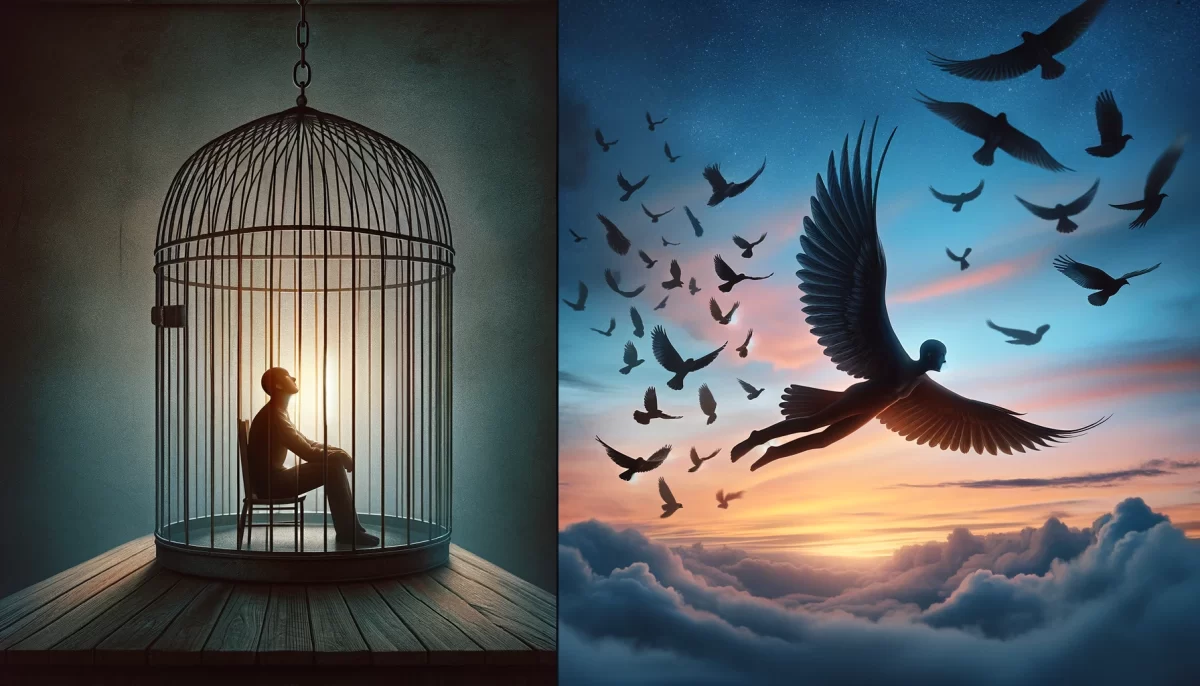
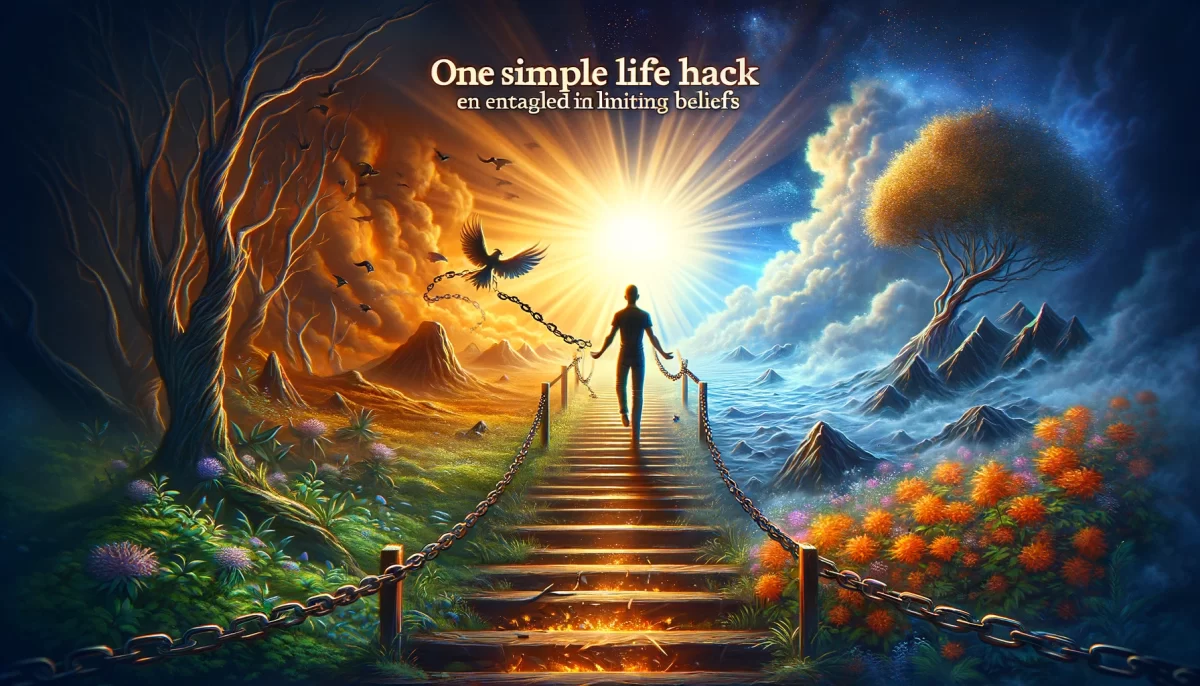
Leave a Reply